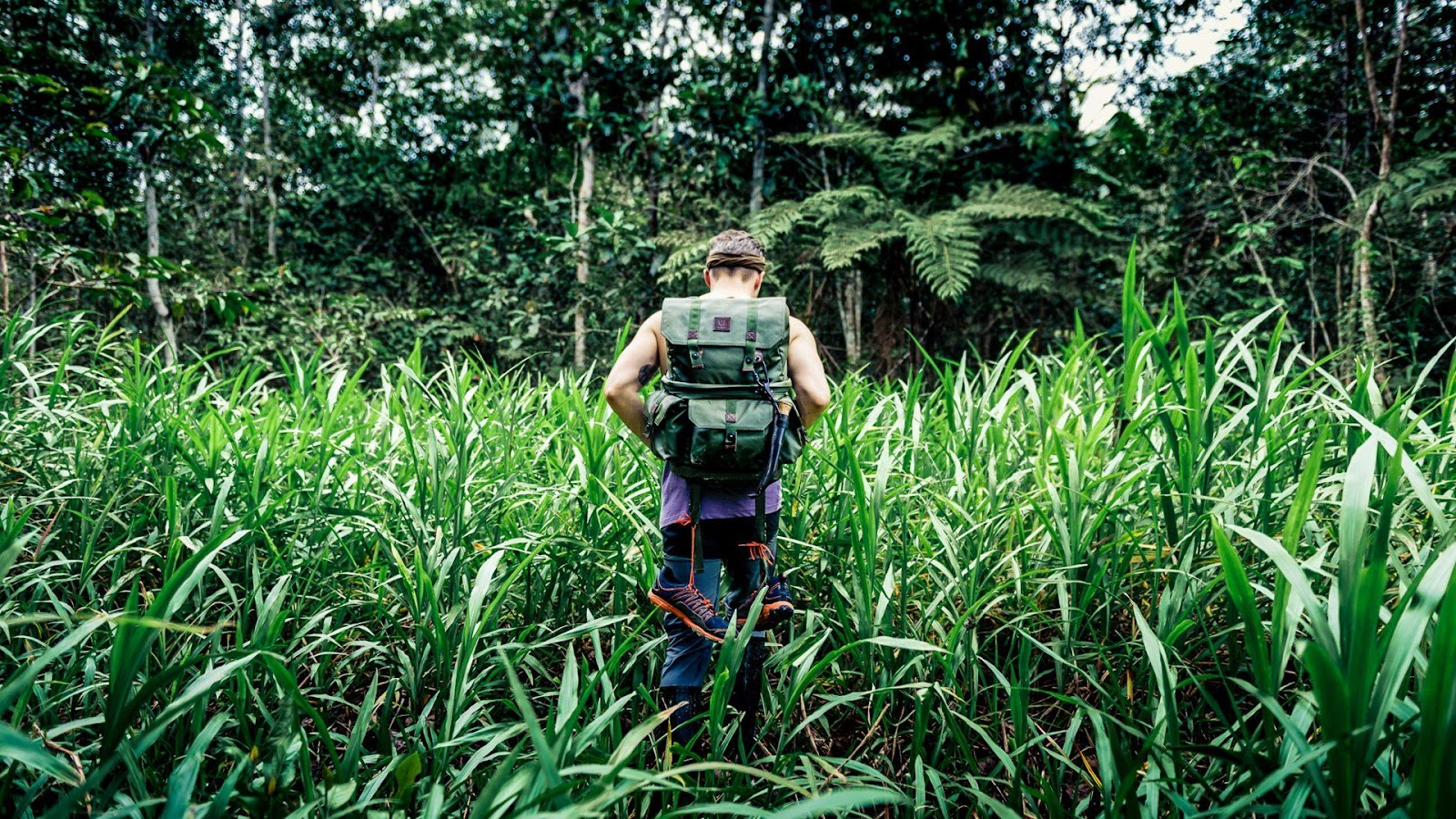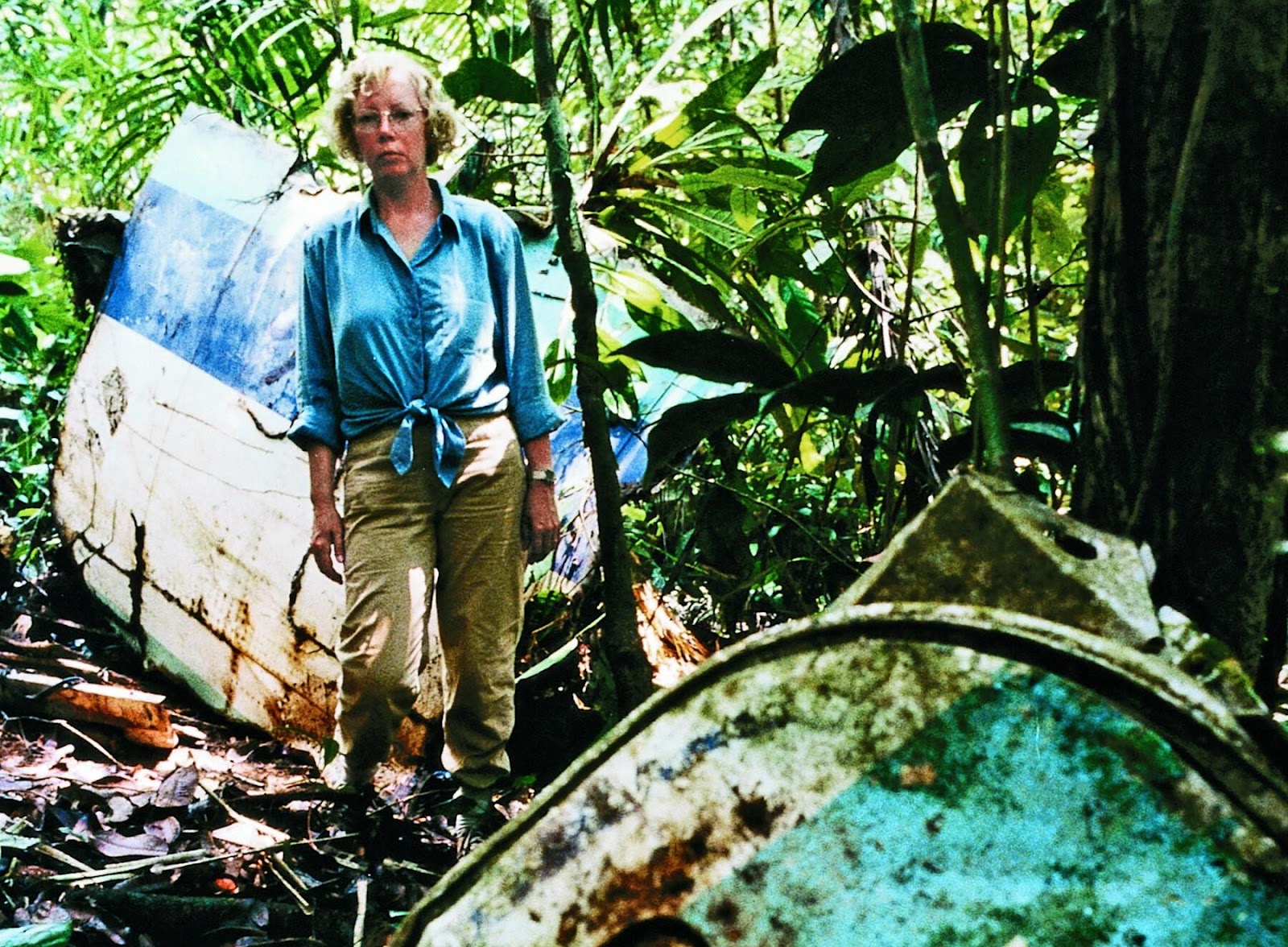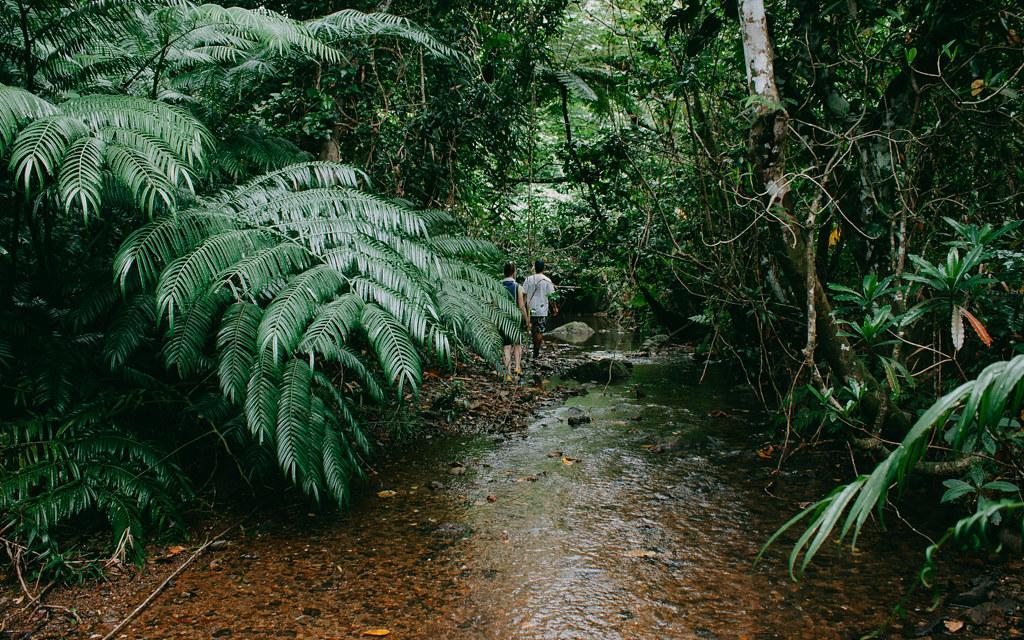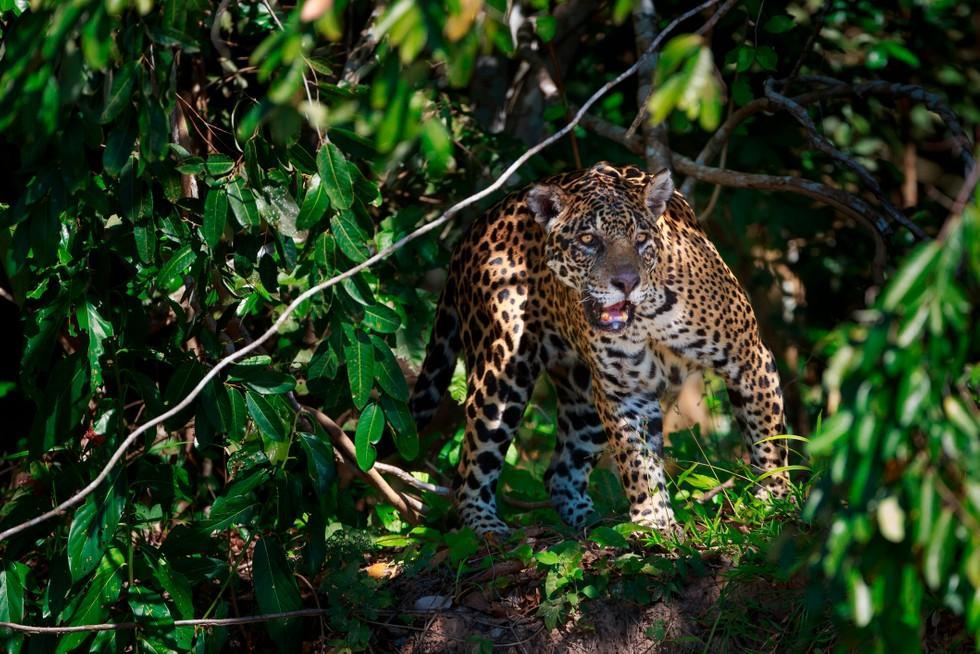Desc: All humans need the same things to survive in the wilderness, but the jungle has its specific character. Gain knowledge with our Jungle Survival Guide.

How to Survive in the Jungle
The jungle’s threats are plenty and having to survive there is a task hard to complete. So what are these threats, how to avoid or deal with them, and what will keep you alive in the Amazon rainforest for several days? We asked our friends from this outdoor sports store to provide detailed answers to these questions. You’ll learn about the jungle’s blessings and curses and get a basic knowledge of do’s and don’ts. Enjoy reading.
The Curious Case of Juliane Koepcke
Many of us know the incredible survival story of young Juliane Koepcke, who fell from an altitude of about 10,000 feet, strapped to a seat torn off during the plane disintegration in the air. She stayed alive because the seat functioned as a parachute.
Clearly, surviving the airplane crash was extraordinary in itself. But when Juliane regained consciousness, she saw that there was worse to come – she found herself right in the middle of the Amazon rainforest and now had to walk God knows how many miles to reach civilization. That journey took her 11 days. By the end, she was so exhausted from hunger, maggot infestation, and insect bites that she could barely move. Thankfully, she was lucky to encounter the loggers’ encampment and was rescued.

So how did a 17 years old girl manage to keep herself alive in the jungle for 11 days without any survival gear? Noble jaguars shrinking back before the serenity of a heavenly girl? Of course, no.
Well, Juliane wasn’t an average girl from the big city. A daughter of a biologist and an ornithologist, she spent her entire childhood at the biological research station in the Amazon rainforest in Peru. So the girl literally lived in the jungle, learning the flora and fauna of this terrain from the cradle. Of course, Juliane was taught jungle survival techniques, so when she appeared in the rainforest several years later, she knew what to do. The girl knew what to avoid, how to procure food, and how to find people following the water sources downstream. And it saved her life.
The case of Juliane Koepcke combines luck and expertise, and this makes it unique. However, most of you reading this article are average outdoors aficionados, and you will have the best chance of survival in the rainforest only with the basic jungle survival gear and knowledge. Let’s talk gear first.
What Gear You Need to Survive in the Jungle
- Knife. It’s a must-have for all outdoor scenarios. You can use it to defend yourself, fashion a spear, and cut vegetation for food.
- Machete. A good weapon and a great tool for clearing a path through thick rainforest vegetation.
- Waterproof clothes and boots. It’s kind of obvious that the rainforest got its name for a reason. The Amazon rainforest, for example, gets rain throughout the entire year. Even during the dry season (June – November), rain is frequent, let alone the wet season (January – May), when it rains CONSTANTLY. Choose long-sleeve, loose-fitting clothing to protect from mosquitoes.
- Insect repellent
- Mosquito net
- Sunscreen
- Flashlight
- Water-purification gear (tablets or a device)
- Fire-starting gear
- Canteen
- First Aid Kit
- Tent / Bivvy, blanket (temperature may fluctuate more than 30F degrees up and down during the day), hammock (it will get you off the muddy ground and ground snakes)
It’s the basic jungle survival gear kit. You need to supplement it with navigation, signaling, and protection tools and devices, personal items, and food and water supplies.
Now, let’s mention the three basic things you’ll need to survive: water, shelter, and food. The specific character of the jungle adds the fourth one – the weapon because the Amazon basin, for example, has more than 1,800 species of animals, and many of them are dangerous to humans. So when finding yourself in tropical rainforests, you should take care of these four things.

Finding Water
Finding water in the jungle won’t be difficult. The easiest way to gather it is via rainfall. You can also collect droplets from vegetation or rock formations that create a natural pool. Also, there are plenty of creeks, streams, and rivers. Water vines are another great source of water. You just need to cut one, keeping both ends up to prevent water from draining away. Finally, you can try digging for water. When the hole is full of water, give it time for the mud to settle.
Whatever source you go after, don’t forget to purify or boil the water. If you can’t do this, try to find water in a natural container, such as a coconut shell, the mentioned water vine, a bamboo stalk, or a large leaf of a plant.

Building a Shelter
Your go-to type of shelter in the rainforest will be a lean-to. To build it, you need a straight, thick stick, long enough so you fit under it to sleep. Before leaning one end against the trunk of a tree, check if it has snakes, spiders, or other animals living in its cracks. Then collect several smaller branches and lean them against the large stick from both sides. Once the frame is finished, cover it with green foliage that will protect you from the elements and keep the animals out.
The best place to build a shelter will be somewhere on the elevated terrain because it’s dryer there, and lower humidity means fewer mosquitos. Build shelter before it gets dark.

Finding Food
Plants. The food in the jungle is plenty. However, quite a lot of them are non-edible and poisonous, so make sure to pack a guide to the wild plants glowing in the area of your destination. In case of a plane crash, when you’re stuck in the jungle without any gear and plant guide, don’t eat anything unfamiliar or bright. Instead, focus on finding food you’ve eaten before: nuts, berries, veggies, and fruits, such as coconut, squash, cucumber, cashews, and peanuts. You can also eat bamboo and palm hearts.
You should avoid eating:
- yellow, white, and red berries;
- mushrooms;
- plants with thorns and glittering leaves;
- almond-like odor plants;
Fish is a grand source of protein. Chasing jungle animals is foolish because you will lose energy and attract predators. In contrast, catching a fish is relatively easy and doesn’t require much preparation and skill. All you need is a spear. You can fashion a traditional one using a knife or rock or make a four-pronged spear.
Hunting. Trapping animals is time-consuming, but you can go for it. You can dig a hole and put some food in it to attract an animal. Once you kill a trapped animal, you should skin it with a knife or a sharp rock.

Avoiding and Dealing with Dangers
Make a weapon as soon as possible.
Mosquitos. These little nuisances can get you in big trouble because they carry diseases. The best way to protect yourself against them when you don’t have a repellent is to wear a long-sleeve shirt, pants, and something that covers your neck (you can tie a t-shirt over your head and let it cascade down) and rub mud on exposed skin.
Venomous and poisonous little creatures, such as spiders, scorpions, frogs, and insects, are also very dangerous. So check your clothing, boots, and other belongings before putting them on or near your body.
Snakes. The jungle is home to dozens of dangerous snakes, like coral snakes, pit vipers, cobras, and, of course, the green anaconda. When bitten by a snake, you should stay calm and still. Take a position that will help you keep the bitten spot above the heart level. Then, clean the wound and cover it with a clean, dry cloth or a palm leaf.
If you got bitten by a snake:
- DO NOT suck out venom (it spreads too fast for you to suck out a considerable amount of it, and you can make the wound worse with your mouth bacteria)
- DO NOT apply a tourniquet
- DO NOT run
Predators. In the jungle, you want to move quietly and quickly, keeping yourself blending into the environment and watching around. DO NOT make loud noises to deter animals – it works the opposite way. Instead, listen to the jungle. Usually, birds and monkeys make loud alarm noises when danger is spotted in their area.
In case of an encounter, back away slowly, but be prepared to fight. If it’s a big jungle cat, try to communicate that you’re not a threat. If it attacks, running away will unlikely help, so fight with a spear, knife, machete, or any other weapon at your disposal. Even a rock will do. Run if you’ve encountered a gator, croc, caiman, or anaconda.
Final Words
In case of a plane crash, stay with the plane or near it in a clear area. If nobody’s coming, start moving to get out. The best way to reach people is to follow streams downstream.
Now you know how to survive when crashed or lost in the jungle. Take care and good luck with your adventures.



